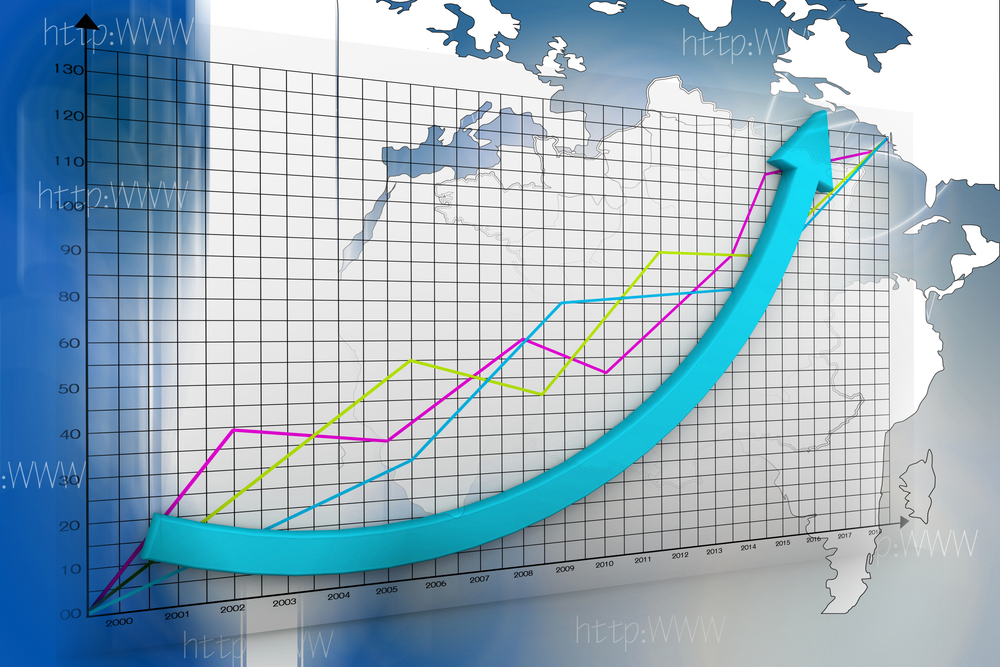
MANILA — The Philippine’s competitiveness rank in the 2014 World Competitiveness Yearbook drops four notches according to International Institute for Management Development (IMD) The fall from 38th in 2013 to 42nd this year is attributed to the difficulties faced by the country this year in terms of infrastructure, corruption and high jobless rate.
U.S. ranked first in the list followed by Switzerland, Singapore, Hong Kong, Sweden, Germany, Canada, United Arab Emirates, Denmark and Norway.
In comparison with Asia-Pacific countries the Philippines also lag behind from 11th last year to 12th this year with the economic performance dropping six places from 31st to 37th.
“Although GDP growth was 7.2 percent – second highest among WCY countries – the Philippines was dragged down by its recent modest export performance,” IMD said adding that “although prices remained steady, inflation is relatively higher than many of the other countries in the ranking.”
Also according to the report, Bureau of Internal Revenue and Bureau of Custom’s failure to achieve their collection target with the recent reports on high-profile corruption cases contributed to the deterioration in the perception of corruption.
IMD however added that the decline on budget deficit and the increase in the national government revenue by 12 percent made up for some losses in the perceptions-based criteria.
Meanwhile, the decline in the country’s business efficiency ranking from 27th to 19th was attributed partly to the monetary policy of major industrial countries.
The country’s infrastructure ranking, dropping from 59th to 57th was attributed on poor roads and transportation facilities and the snail-paced implementation of public private partnership (PPP).
IMD also added that a looming power crisis and the controversial price hike towards the end of 2013 may also have contributed to the decline.
The ranking was made on four factors including economic performance, government and business efficiency and infrastructure using economic data coming from international and national sources.
To generate criteria in the assessment and ranking of the competitiveness among nations, the report used opinion surveys.
With reports from Darwin Amojelar, Interaksyon